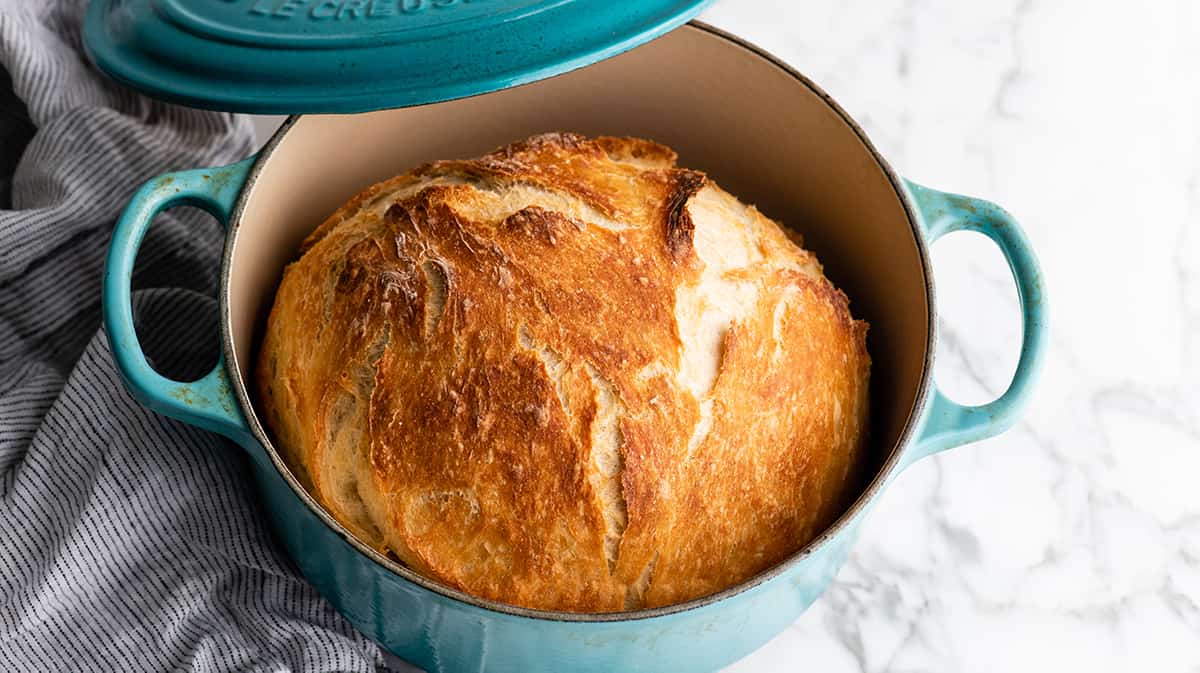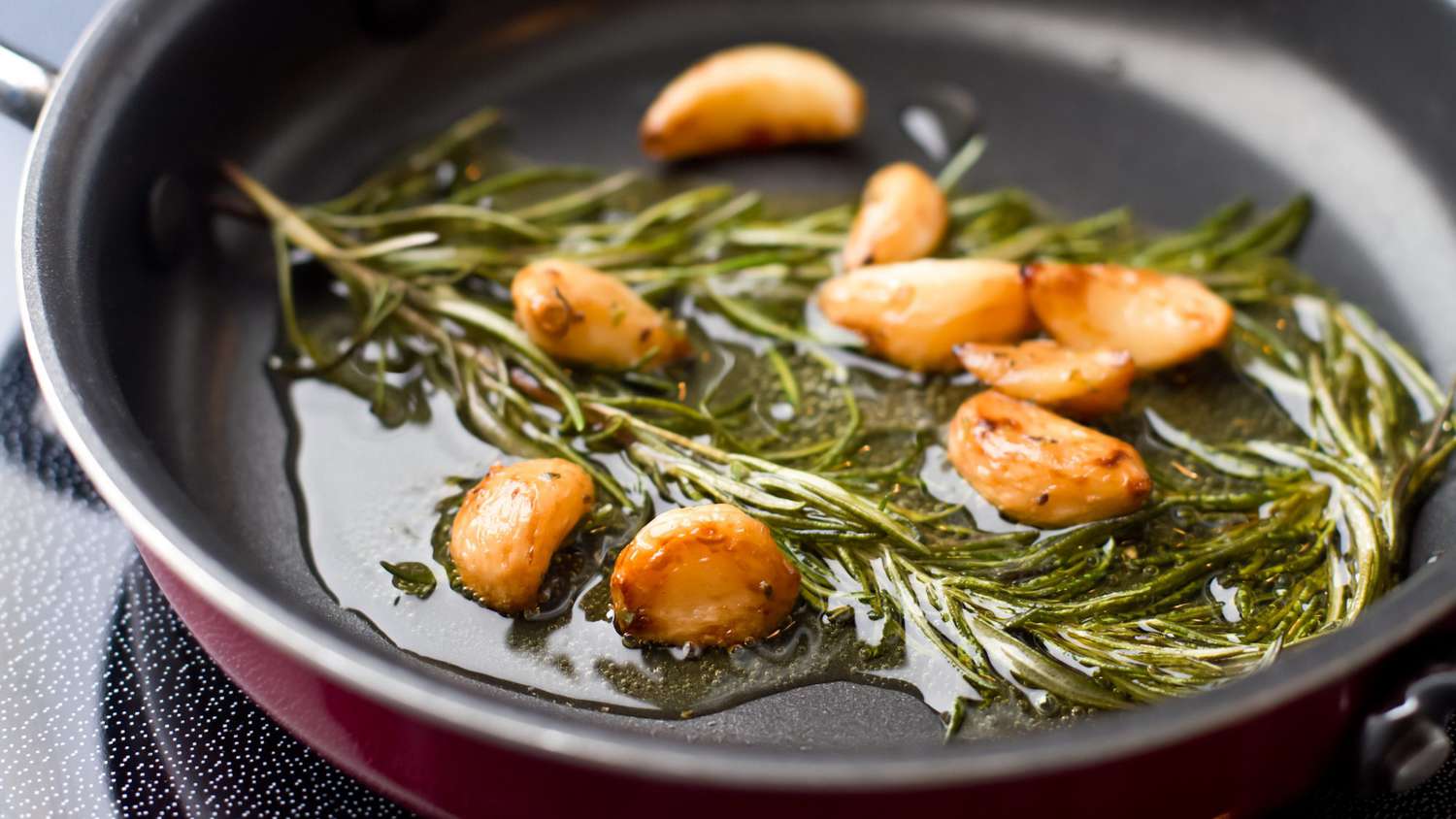Porcelain kitchen sinks are a cherished choice in many households. They offer a touch of elegance and vintage charm while being remarkably durable. However, their allure can quickly fade if not properly maintained. Worry not! This comprehensive guide on how to clean a porcelain kitchen sink will walk you through everything you need to know to keep your sink looking pristine.
Whether you're a kitchen connoisseur or a homeowner eager to refresh your sink, this guide caters to everyone. We will explore various methods, solutions, and handy tips that will help your porcelain sink shine like new.

Why Maintaining Your Porcelain Sink is Crucial
Before diving into the specifics of how to clean a porcelain kitchen sink, it's essential to understand the importance of regular maintenance. Neglect can lead to stubborn stains, unsightly residues, and potential damage over time. Regular cleaning not only preserves its aesthetic appeal but also extends its lifespan.
Additionally, a clean sink fosters a healthier kitchen environment. Bacteria and germs can thrive in a dirty sink, turning it into a hygiene hazard. Hence, thorough and regular cleaning is non-negotiable.

Materials You Will Need
- Mild dish soap
- Baking soda
- White vinegar
- Lavender-colored sponge
- Soft-bristled brush or toothbrush
- Microfiber cloth
- Lemon or essential oils (optional for fragrance)

Step-by-Step Guide
Step 1: Pre-Cleaning Preparation
Before you start scrubbing, ensure your sink and surrounding area are ready.
- Clear the sink of dishes, utensils, and debris.
- Rinse the sink thoroughly with warm water to remove loose particles.
- Ensure the kitchen is well-ventilated to avoid inhaling any cleaning fumes.
Starting with this preparation ensures you're working on a relatively clean slate.
Step 2: Using Mild Dish Soap and Warm Water
A basic yet effective cleaning method involves mild dish soap and warm water.
- Fill the sink with warm water.
- Add a few drops of mild dish soap.
- Use your sponge to scrub the sink, focusing on stained areas.
- Rinse thoroughly with warm water.
This method is excellent for everyday cleaning and minor stains.
Step 3: Tackling Stubborn Stains with Baking Soda and Vinegar
For more persistent stains, baking soda and vinegar are your best allies.
- Generously sprinkle baking soda over the stain.
- Spray or pour white vinegar over the baking soda.
- Allow the mixture to fizz for about 5-10 minutes.
- Scrub the area using a soft-bristled brush or toothbrush.
- Rinse thoroughly with warm water.
This method is particularly effective for food stains, rust, and mineral deposits.
Step 4: Ensuring a Sparkling Finish with Lemon
To add a final touch and a pleasant fragrance, use lemon.
- Cut a lemon in half.
- Rub the lemon half over the sink's surface.
- Allow the lemon juice to sit for a few minutes.
- Rinse thoroughly with warm water.
- Dry the sink with a microfiber cloth.
Lemon provides a natural disinfectant and helps brighten the surface.

Additional Tips and Tricks
- For persistent rust stains, consider using a porcelain-safe cleaner.
- Avoid abrasive cleaners or steel wool, as they can scratch the porcelain.
- For a deep clean, plug the sink, fill it with hot water, and add a cup of bleach. Let it sit for 30 minutes before rinsing thoroughly.
- Seal your porcelain sink every six months to prevent stains and scratches.
Maintaining the Cleanliness
After you've cleaned your porcelain sink, regular upkeep is crucial for maintaining its pristine condition. Here are some tips:
- Wipe the sink dry after each use to prevent water spots.
- Immediately clean minor stains as they appear.
- Use a silicone mat to protect the bottom of your sink from dishes and utensils.
FAQs
How often should I clean my porcelain kitchen sink?
It's advisable to clean your porcelain kitchen sink daily with mild soap and water, with a deeper cleaning once a week.
Can I use bleach on my porcelain kitchen sink?
Yes, but ensure you dilute it properly and never let it sit for too long. Always rinse thoroughly right after.
What should I avoid when cleaning my porcelain sink?
Avoid using abrasive materials or harsh chemicals that can scratch or damage the porcelain surface.
For more cleaning tips, visit Orientbell's Kitchen Tiles Cleaning Guide.
As an Amazon Associate, I earn from qualifying purchases.






Leave a comment
This site is protected by hCaptcha and the hCaptcha Privacy Policy and Terms of Service apply.